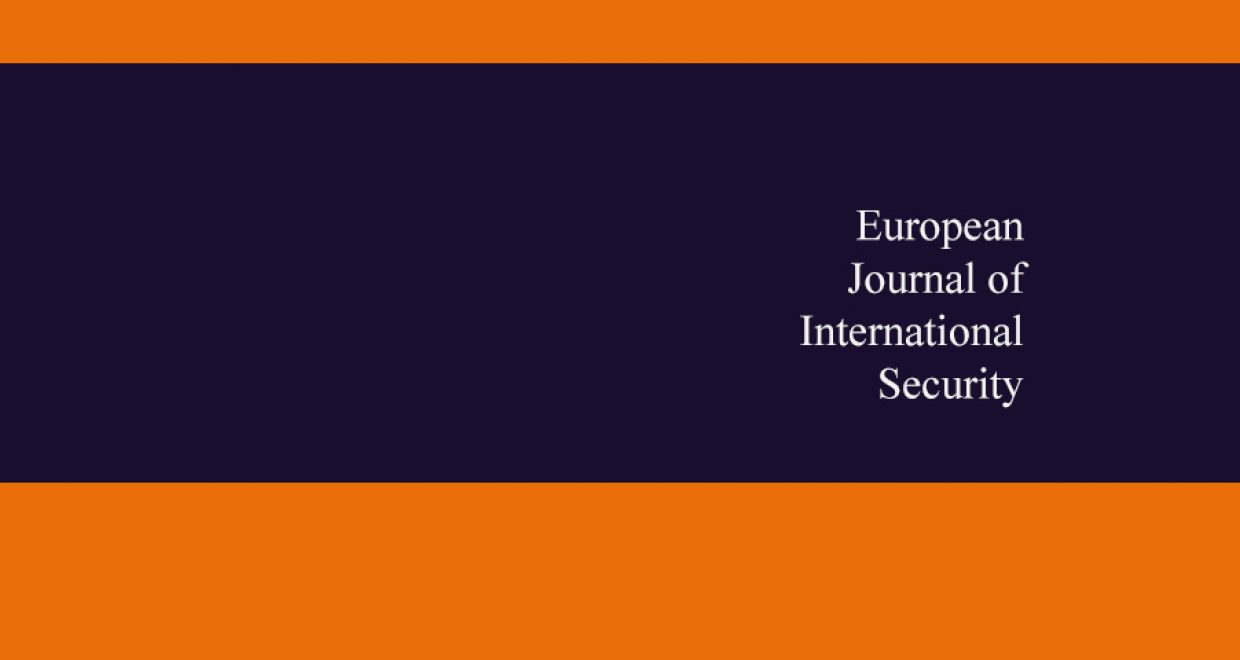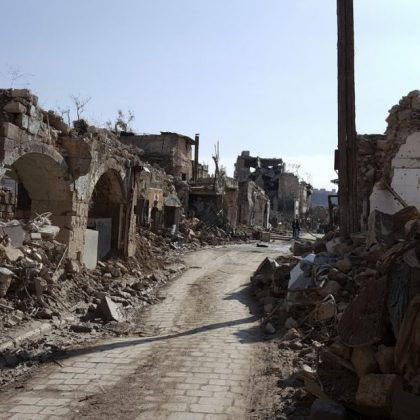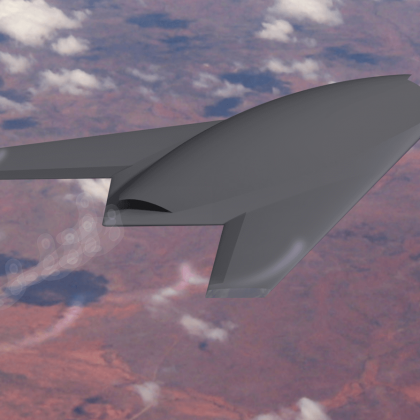Future Arms, Technologies, and International Law: Preventive Security Governance
This post by Denise Garcia first appeared on the ejis.eu blog in February 2016.
It is based on her article from the inaugural issue of European Journal of International Security. Full article available here.
The world is facing new potentially destructive means and methods of warfare, and it is not yet clear how international law will apply to such emerging threats or whether existing global security governance structures will be sufficient. The capacity to launch cyberattacks, the use of remotely-controlled armed unmanned aerial vehicles – known as drones – and the possible development of fully autonomous weapons systems – colloquially known as ‘killer robots’ – raise numerous critical questions for scholars and policymakers. In the case of cyberattacks, it will be necessary to determine exactly what constitutes an attack, if such an attack should fall under international humanitarian law (IHL) or the laws of armed conflict as an armed attack, and how to distinguish between civilian and military infrastructures. These interconnected issues have not yet created a gaping legal hole or a new legal crisis, and therefore existing international law may suffice, however there are questions that need to be addressed. Cyberspace is digitized, which allows for greater anonymity, thus complicating the attribution of conduct. As the ability to enforce IHL depends on attribution of responsibility, if a perpetrator cannot be identified it is not clear how IHL can be applied. Such new technologies may raise the legal questions of what would be considered a legal attack, who would be considered the attacker, and what constitutes the battlefield. Fully lethal autonomous systems, when operational, will create many legal and ethical concerns that need to be addressed. It is not clear who can be held responsible for attacks, as one cannot hold a robot responsible. The programming of such robots raises concerns, as there needs to be agreement on what type of instructions they can receive. It is essential to determine whether international law and security governance are adequately keeping up with the development of new technologies.
Taken together, lethal robotic technologies raise practical questions. Is technology able to meet the requirements of international law, along with the intertwined civilian-military dual-use nature of the technology? Who is to be held accountable, especially if the primary actor is not a moral agent for command and responsibility? What does it do to our identity as humankind, and why forgo humans’ unique capacity to engage in moral reasoning during war? In the end, questions of state responsibility abound. International law in this case provides some constraints, but it does not provide clear answers for future arms and technologies. As the world’s foremost scientists on artificial intelligence recently warned the international community, for the future of humanity a preventive prohibition of offensive lethal autonomous technologies that are out of human meaningful control should be put in place now. States delay the creation of preventive governance frameworks in cybernetics, remote-controlled weapon systems, and lethal robotic weapon systems at the peril of international security and the protection of civilians in and out of conflict.
This article presents an initial discussion of the political and legal challenges associated with weaponized technologies in three interconnected areas that may impinge upon the ability to protect civilian populations during peace and war and imperil international security: armed unmanned combat aerial vehicles (commonly known as drones); autonomous weapons systems (known as ‘killer robots’); and the potential militarization of cyberspace, or its use as a weapon, and the operation of drones and killer robots in the cyber domain. Supporting the argument that the world is ‘facing new methods of warfare’ and that international security governance and law are not keeping up, the paper provides an overview and interpretation of three technologies in connection with aspects of five branches of law: state responsibility, use of force, international humanitarian law, human rights law, and law of the commons. I argue therefore that ‘preventive security governance’ could be a strategy to curtail uncertainty in the preservation of stability and international order. I define ‘preventive security governance’ as the codification of specific or new global norms, arising from existing international law that will clarify expectations and universally agreed behavior on a given issue-area. This is essential for a peaceful future for humanity and for international order and stability.
Denise Garcia
Sadeleer Research Faculty & Associate Professor, Department of Political Science and International Affairs Programme, Northeastern University





